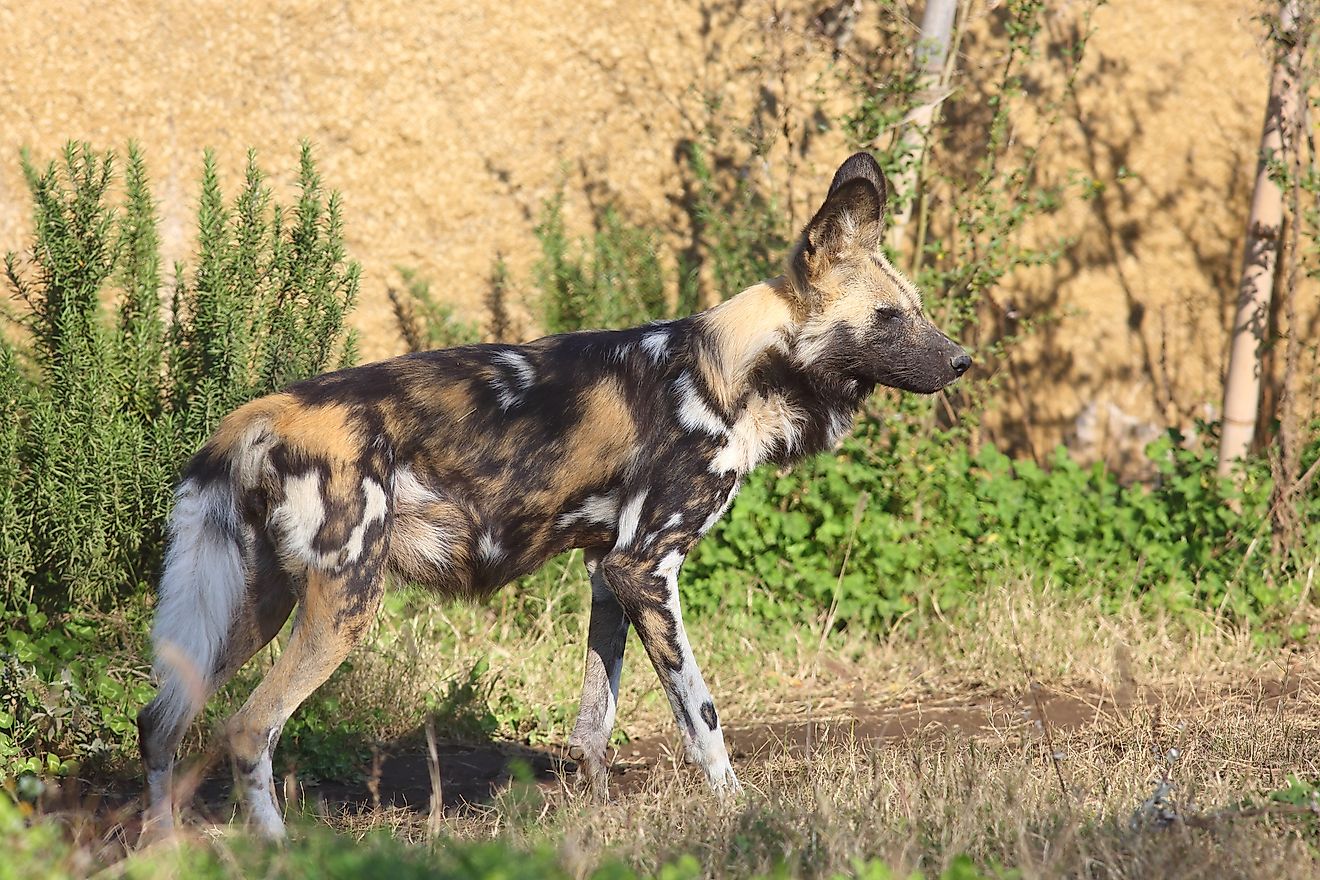Endangered Mammals Of Mozambique

Mozambique is home to a number of mammals that vary in their sizes, diets, behaviours, and habitats. Of these mammals, some have a wide distribution and face no risk to their population while others are critically endangered and on the verge of extinction. Factors such as deforestation, unregulated hunting, illegal poaching, human-wildlife conflicts, the Mozambican civil war and climate change have had a significant impact on the declining populations of these animals. However, effective conservation measures could rescue such animals from extinction and protect those not endangered from rapid decline.
Endangered Mammals Of Mozambique
Sealous zebra (Equus quagga selousi)
The Sealous zebra is a critically endangered mammal native to the Sofala province of Mozambique. Their populations have declined so much that the species is found in small and isolated groups. The zebra's belly is partially stripped with the upper body having horizontal stripes while the legs, face, and neck, are plain. Major threats to the Sealous zebra include extensive poaching, habitat loss and fragmentation. The zebra is found within some protected areas such as the Gorongosa national park.
South-Central Black Rhinoceros (Diceros bicornis minor)
The Rhinoceros is a critically endangered species once distributed in many parts of sub-Saharan Africa but is now restricted to a few countries with their populations dwindling due to illegal poaching for its horn. The habitat for the rhinoceros mainly includes the savannah from where it feeds on twigs, herbaceous plants and acacias.
Vincent’s Bush Squirrel (Paraxerus vincenti)
The endangered Vincent’s bush squirrel has a long black or brown tail. The upper coat, the limbs and feet are grey black, deep reddish brown snout and areas around the eyes, and dark-brown cheeks. The Vincent’s bush squirrel is found in tropical evergreen moist forests. The species, endemic to Monte Namuli of Mozambique is threatened by habitat loss through deforestation for agriculture.
Cape Wild Dog (Lycaon pictus pictus)
The cape wild dog is an endangered species found in most parts of southern Africa with the populations in Mozambique being very low. The species has a patterned body with mainly yellow to orange color overlapping black. The cape wild dog’s coat colour varies depending on the geographical location with the Mozambican species having less white fur on the throat-mane compared to other species in different regions. The carnivore is threatened mainly by habitat loss and fragmentation, and through human-wildlife conflicts. The habitats for the wild dog include plains, semi-deserts, and bushy savannahs.
Conservation
In order to improve the Mozambique’s efforts of conserving its biodiversity, several conservation areas have been identified and approved as national parks or reserves. They include Gorongosa national park, Banhine national park, Limpopo national park, and Quirimbas national park which serve as conservation areas for the endangered mammals of Mozambique alongside other animals.
Endangered Mammals Of Mozambique
| Endangered Mammals of Mozambique | Scientific Name |
|---|---|
| Selous' Zebra | Equus quagga selousi |
| South-Central Black Rhinoceros | Diceros bicornis minor |
| Vincent's Bush Squirrel | Paraxerus vincenti |
| Cape Wild Dog | Lycaon pictus pictus |







